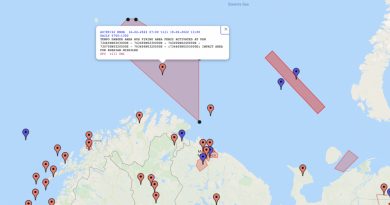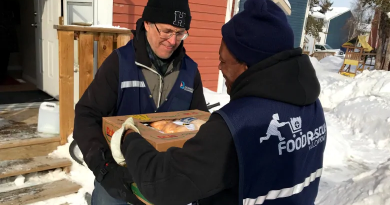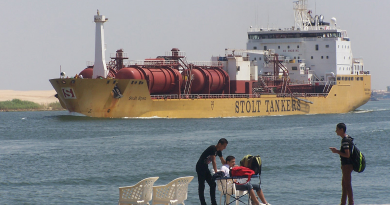Tourism in the Instagram era: How Finland is harnessing aurora power
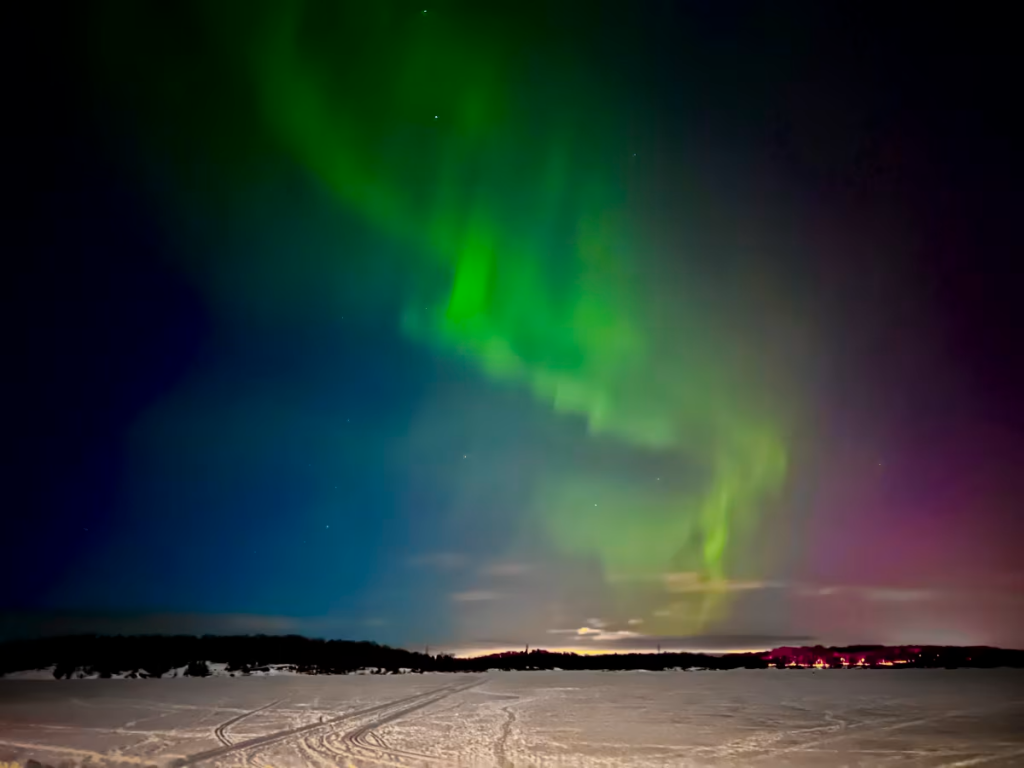
By Ronan Browne, Yle News
The north of Finland offers visitors one of the best chances in the world to witness the northern lights phenomenon, but insufficient preparation may leave some aurora-chasing tourists disappointed.
A group of tourists exchange pleasantries and small talk around a campfire deep in the forested wilderness of Finnish Lapland.
They are part of an outing organised by a local tourism company, all braving the subzero temperatures in the hope of catching a glimpse of the aurora borealis natural light display, commonly known as the northern lights.
Hopes are fading. It’s a cloudy evening, and the aurora forecast predicts a low level of activity, but then a shout goes up from one of the group.
“I think I see something!”
Sure enough, the auroras have appeared on the northern horizon. The group scrambles to adjust the settings on their cameras and phones, hoping to capture what for some is a once-in-a-lifetime moment.
The spectral show doesn’t last very long, and the lights slowly dissipate and disappear, but there is a palpable change of energy within the group — from tired disappointment to joyful relief.
More than one within the group wastes no time in taking to social media to share their images with their followers and friends, continuing a self-perpetuating cycle which brought many of them to this forest one hour north of the city of Rovaniemi in the first place.
Lights and likes: A winning formula
Nature photographer and Lapland native Aki Mikkola tells Yle News that while the efforts of the local tourism operators and companies to promote the region have been vital, social media has taken Lapland’s popularity to an entirely new level.
“Instagram is the reason why Finnish Lapland is so popular right now,” Mikkola says, noting how the region has harnessed the power of the natural light phenomenon to build a successful and ever-growing tourism industry.
The figures back this up. There were 2.2 million registered overnight stays in Finnish Lapland during the winter season of 2022-23, when the chances of seeing the northern lights are at the highest level.
That’s more than 10 times the region’s population.
“People who have worked in the tourism business here for 30 years have told me that the northern lights weren’t such a big deal back in the early days. They were only one small reason why someone might come here. Now they are the number one reason,” Mikkola notes.
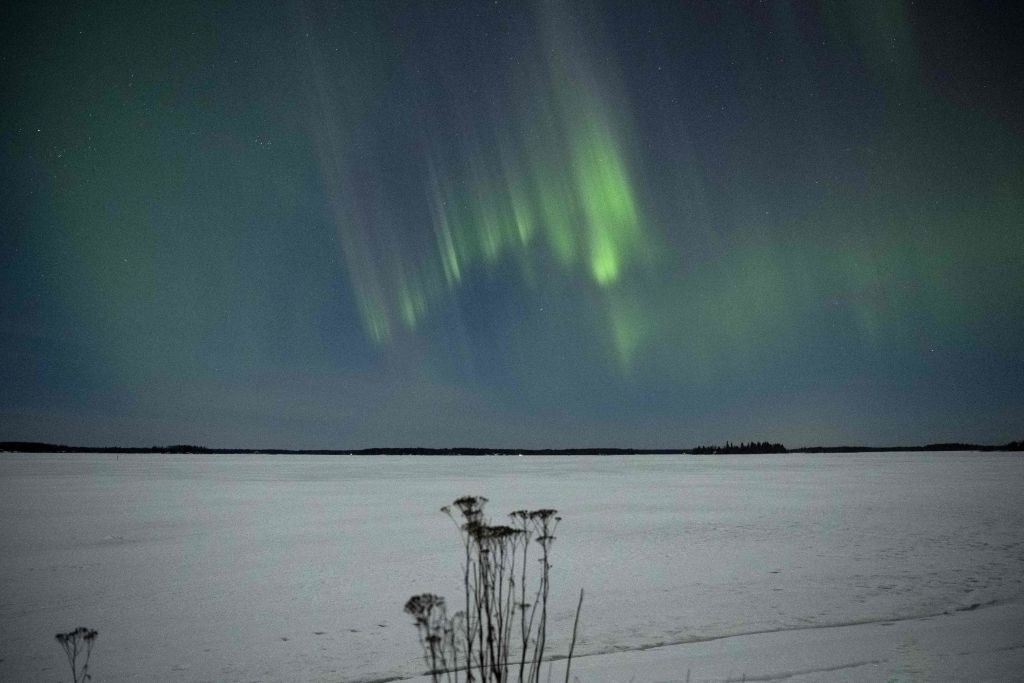
This view is supported by Esa Turunen, a scientist and space physicist from the University of Oulu with over 40 years of experience researching the northern lights.
He also attributes the boom in the aurora’s popularity to the influence of social media.
“The northern lights are now known as nature’s most beautiful colour spectacle in the sky because of the power of the internet. And, of course, when something is really beautiful, people have to see it,” he said.
“Can I go see them now?”
While the auroras are a popular tourist attraction, they are also a natural phenomenon, and therefore their appearance depends heavily on solar activity as well as weather conditions.
Aside from taking photos and videos of the aurora, Aki Mikkola also organises northern lights tours, and tells Yle News that tourists visiting Lapland without carrying out any prior research could be setting themselves up for disappointment.
“Some tourists don’t understand, or they underestimate the difficulty of seeing the lights. They think that they just have to wait in their hotel room and the lights will come to them,” he says.
This is an attitude Esa Turunen has observed too, when he hosts guided tours.
“People often ask: ‘OK I’m here for three days. Can I go see them now?’,” he says, adding that he has a standard reply ready when the weather conditions, such as heavy cloud cover, make seeing the auroras highly unlikely.
“Yes you can,” he tells them. “If you have an airplane and a pilot capable of flying above the clouds. Because actually the northern lights are always there somewhere in space, but seeing them depends on the weather conditions down here on earth.”
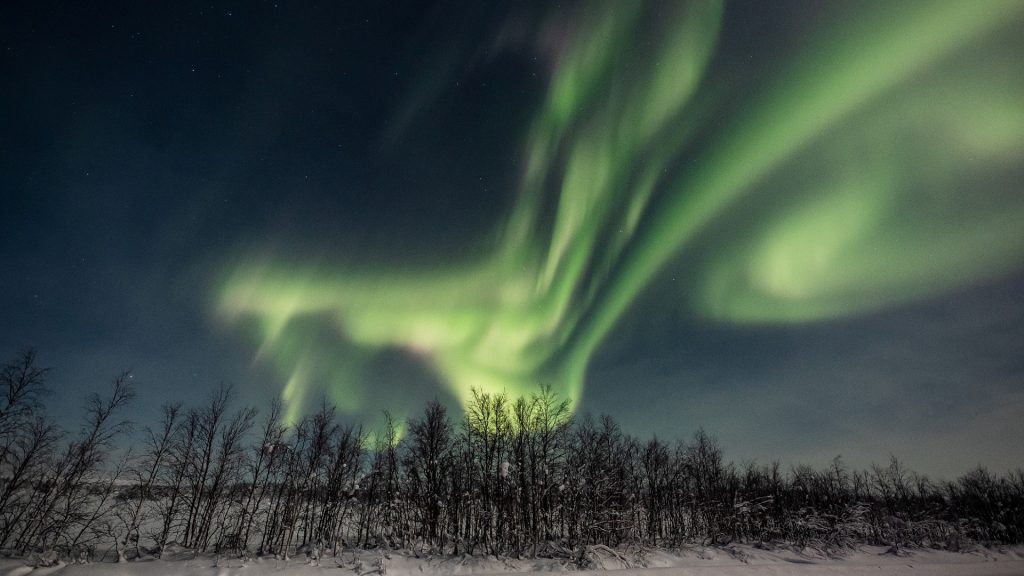
These elevated expectations create a delicate balancing act for the region’s tourism companies, between marketing what’s on offer in Lapland and managing customers’ expectations.
Arttu Pynninen, a northern lights tour guide with the Rovaniemi-based Safartica firm, tells Yle News that the majority of tourists he encounters say the main reason they have come to Lapland is to see the auroras.
“I have seen the full range of reactions, but the best was ‘Oh my god, this is the most amazing moment of my life’,” he recalls.
With hopes among his clients so high, he says he tries to find other ways to entertain them if the indicators predict low aurora activity or the weather conditions are not suitable.
“If we do a good job, they tend not to even notice that they didn’t see the northern lights. If not, you can really see that they are disappointed because it may be their one and only chance to see them, and if that happens of course they will be disappointed,” Pynninen says.
Fail to prepare, prepare to fail
When asked by Yle News for their advice to people coming to Lapland hoping to see the northern lights, photographer Aki Mikkola, scientist Esa Turunen and tour guide Arttu Pynninen all gave broadly the same answer: do your homework first.
There are an array of websites and mobile apps that measure the Kp-index — a global auroral activity indicator — on a scale from 0 to 9, and offer predictions of how weak or strong the aurora activity will be.
“Zero obviously means no chance, but a 9 would be some show,” Pynninen explains.
In addition, the further north into Finnish Lapland that an aurora enthusiast travels, the better the chances of seeing the northern lights. Sodankylä, Kilpisjärvi and Finland’s most northern municipality Utsjoki are considered to be prime spots because of their location in relation to the aurora oval as well as their distance from sources of light pollution.
Other indicators can help an aurora enthusiast to determine the best time of day, the best time of year, and the best time of decade to go chasing the northern lights.
Yle meteorologist Matti Huutonen says that aurora activity tends to be stronger in the autumn months of September-October or else in early spring, especially around the time of the equinox.
He adds that the Finnish Meteorological Institute (FMI), in conjunction with the International Space Environment Service (ISES), provides real-time information on the level of geomagnetic activity across the country.
The best time of day to see the lights in Finland, he says, is usually in the hours after midnight.
The level of aurora activity is determined by the speed and strength of solar winds, which send electrical particles into the Earth’s magnetosphere. These particles steadily grow in intensity and number over an 11-year solar period.
This means that aurora activity will typically increase during the year of the sunspot maximum, and for a couple of years after that.
“The last sunspot peak was in 2014 and now we are climbing up towards the next one, which should be sometime around 2025,” Huutonen says, adding that a sunspot index provides real-time data as well as further background information.
Casting a cloud over aurora dreams
However, regardless of how strong the aurora activity is at any given time, Huutonen notes that cloudy conditions are the number one reason preventing people from seeing the northern lights. There are though, he adds, some sources that can help with that too.
“The best way to solve this, is to find as real-time satellite pictures of the cloud cover as possible. This might be a bit problematic, but the FMI provides satellite images on its website,” he says.
Long term forecasts might also be useful in some cases, Huutonen adds, but predicting — and avoiding — cloud cover is not an easy task.
Although photographer Mikkola — who describes himself on his Instagram account Prince of Lapland as an ‘aurora ambassador’ — uses satellite data and aurora forecasts, he says the information can sometimes be frustratingly hard to trust.
In his view, finding a clear sky, or even a patch of clear sky, is the single most important factor in seeing the northern lights.
“Finding a clear sky is often the hardest part and requires a lot of driving. Having a local network, like relatives and friends, around Lapland is helpful in this because even these days satellite data and forecasts aren’t always trustworthy because of the clouds,” Mikkola says.
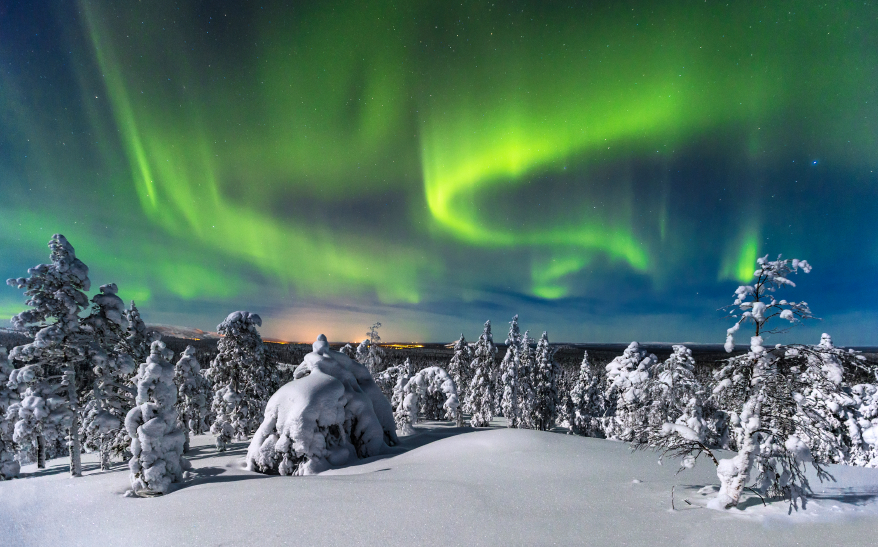
Esa Turunen notes one additional key factor: luck. The auroras are a natural feature, and it is unreasonable to expect that all the pieces will fall perfectly into place on a first visit.
The visitor might be lucky, he says, but they might not.
“When people say to me that they are disappointed they didn’t get to see the northern lights, I tell them that you have to come again and again and again, and one day you will be rewarded,” he says.
Gateway to another world
Interest in the auroras, and the influx of tourists to Finnish Lapland, show no sign of abating any time soon.
And as the beauty of Finnish Lapland is showcased on Instagram timelines around the world, curiosity in the science and mythology of the auroras is increasing too.
According to Esa Turunen, the ancient myths include an old Viking belief that the pale green light of the auroras provided a bridge between this world and the next. This is why there remains a tradition today to remain quiet when observing the auroras.
The Sámi people of northern Finland also traditionally believed that the lights were living beings.
“If the Northern lights were very bright, they thought it was better to hide yourself under your sleigh because otherwise the lights might come down and take you up,” he says.
In other parts of the world, for example among the Inuit people, the lights were believed to have the ability to talk and understand speech.
“They believed that the lights were the souls of their ancestors. They even had this belief that if you whistle to the lights, they will whistle back, which is a way to keep in contact with your ancestors,” Turunen explains.
Back around the forest campfire, tour guide Arttu Pynninen regales his audience with a tall tale, about a long tail.
The story is a local legend passed down through generations which explains why the northern lights are called revontulet in Finnish, literally translated as ‘fox’s fire’.
In Pynninen’s version, a shaman living in the Lapland village of Vuotso many hundreds of years ago heard stories of a magic fox that roamed the forests of northern Finland, and decided he wanted to catch it.
The shaman pursued his prey all over the region for many years, often coming close to catching the fox, but never quite succeeding.
“Every time the fox ran over rocks and jumped over fells, his tail scratched the surface and those sparks lit up the northern lights, and that’s why they are known here as revontulet,” he concludes, to a warm round of applause, despite the subzero temperatures.
Related stories from around the North:
Canada: What are the northern lights?, CBC News
Greenland: Evidence of powerful solar storm which occurred 2,600 years ago found in Greenland ice, CBC News
Norway: NASA and Norway to develop observation station in Arctic, The Independent Barents Observer

